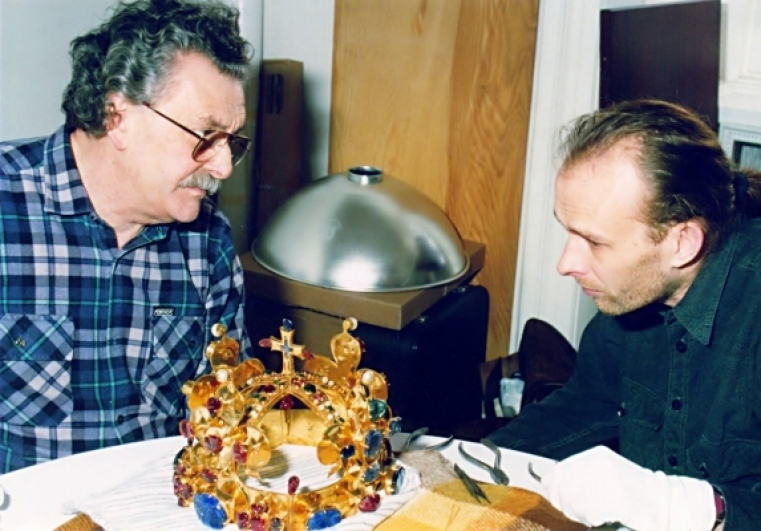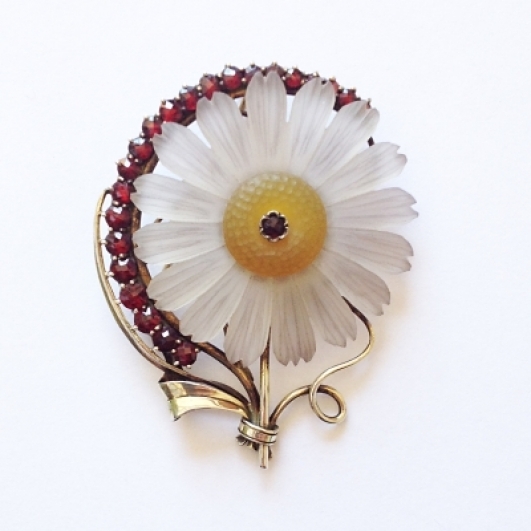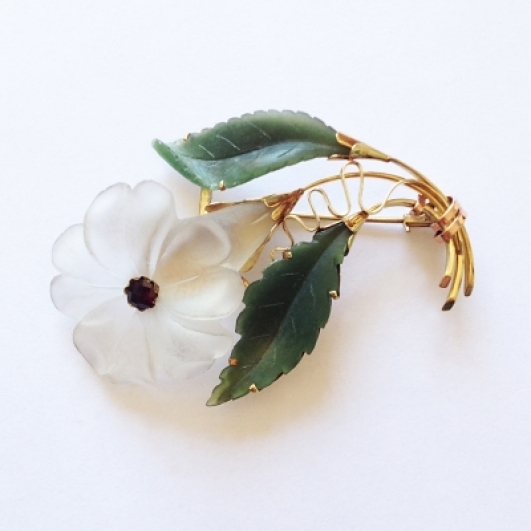Belda – LEGACY OF BEAUTY A Century of beauty, passion, crafts, desires and traditions... 15. 10. 2015 – 15. 11. 2015
The exhibition 100 Years Of Belda reflects the creations of a traditional Czech brand from different eras of jewellery but also the history of the Czech state. The concept of exposition presents original jewellery both from the time of foundation of the company by Ladislav Belda in 1915 and from the most recent present. The selection of exhibits itself is following in accordance with this line – from decorative techniques to minimalistic tendencies. The link within the timeline through four generations of the family Belda is generating apparent timelessness but also exquisite detail using craft know-how which today dominates few. In addition to jewellery that were created based on the design of the “family clan” this installation represents a unique series that were designed for brand Belda in recent years by leading Czech architects, designers and artists – among others you can see necklace created by the world’s leading architect Eva Jiřičná, ring from Olgoj Chorchoj, Filip Streit and earrings from Lucie Koldová.
Founder of the family company Belda was surprisingly not a jeweller but very skilful and tenacious businessman. Shortly after he graduated from the Academy of Commerce, he left to Hamburg where he earned a tenure in a local bank. Ladislav Belda ambitions, however, were much larger and so he was hired to serve on the ship that sailed across the Atlantic to the coveted America where he began with the production of hand-made glass beads which he knew from his native region in Jablonec. The company “Czechoslovak Belda Bead & Co.” was founded in 1915 in New York by Ladislav Belda who was only twenty-one years old. His success was halted by the fall of the stock market in 1922. At that time he decided to return to Czechoslovakia where after the end of the First World War, on the contrary, was optimism associated with the era of the First Republic. He founded the company in Turnov manufacturing jewellery and waxed pearls that were exported all over the world until 1954 when it was nationalized by the communist government.His son Ladislav Belda had nonetheless decided to pursue this craft after completing service at the Auxiliary Technical Battalion (i.e. Black Barons) and began working in a cooperative Granat as a goldsmith. Later he became head of the workshop in School of Jewellery in Turnov where along with his colleagues they worked on various interesting projects. For example making an official replica of St. Wenceslas crown, orb and sceptre or making 24 pieces of motorcycle trophies Golden Helmet Pardubice and deans’ insignia of Charles University in Prague.




